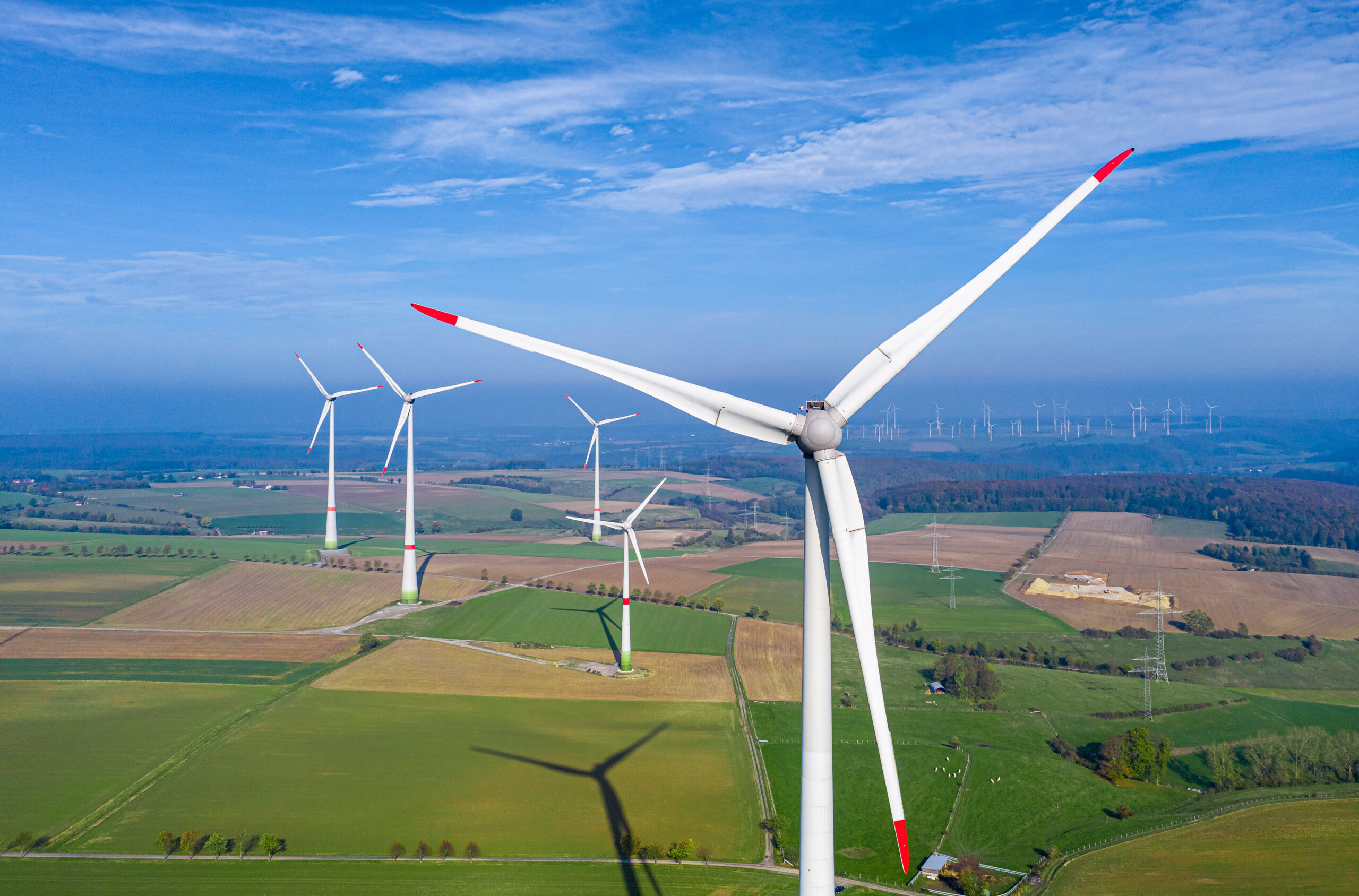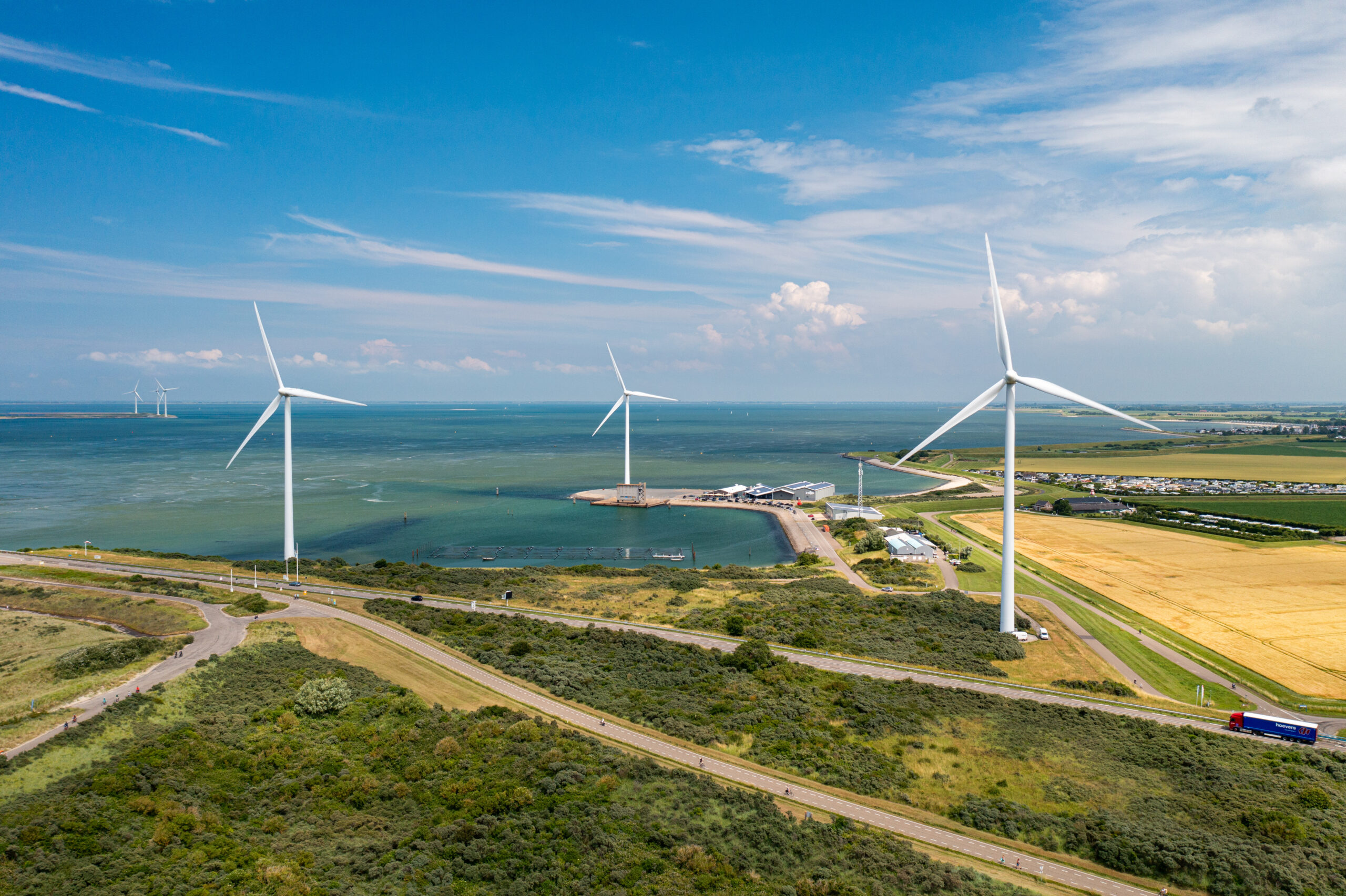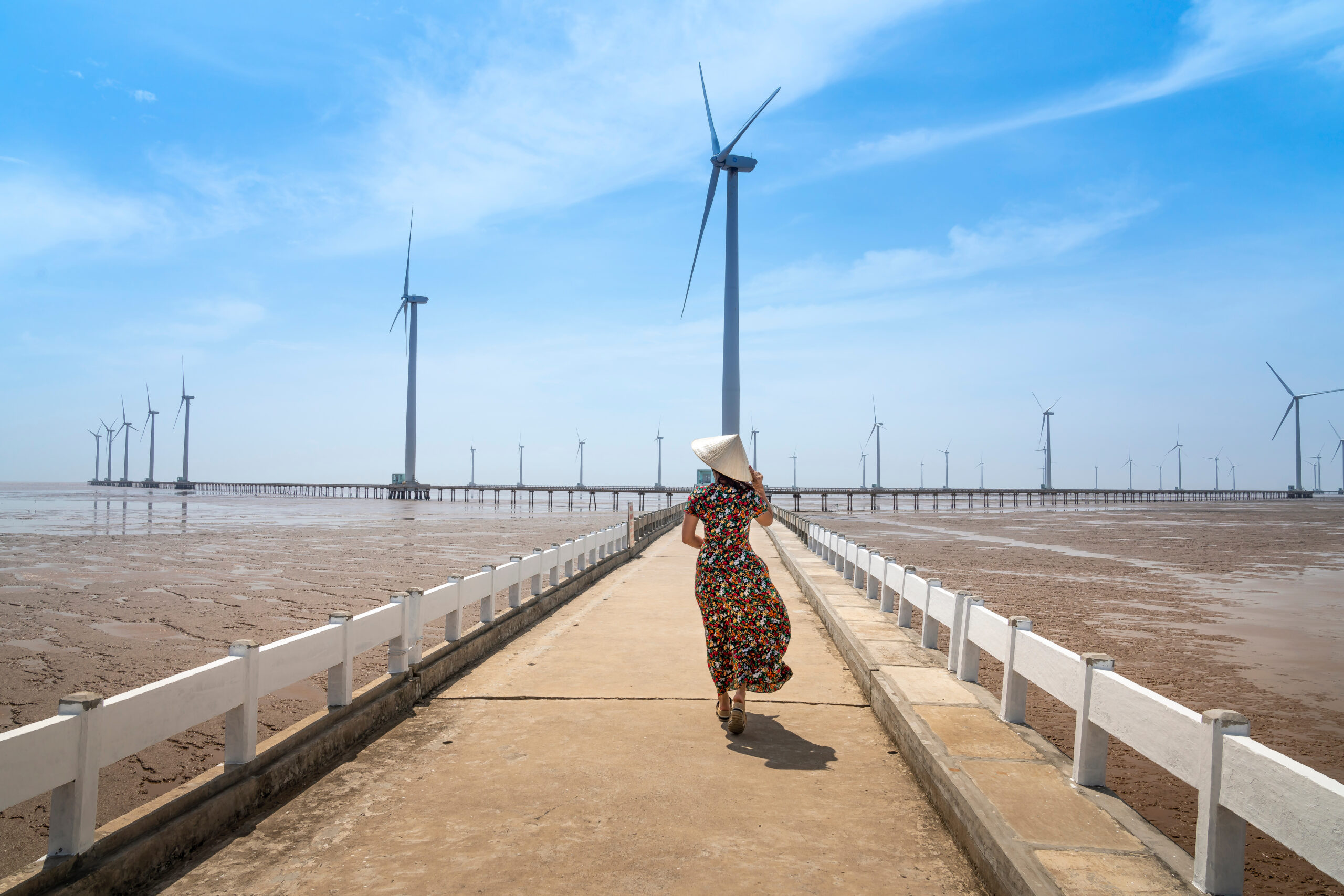Oil majors’ uncapped bids in German wind auction spark concern
BP and TotalEnergies were the only successful bidders in a recent offshore German wind auction after offering billions of euros in ‘top up’ payments to the government. This has raised concerns that oil and gas majors will outbid utilities in forthcoming auctions with end-users ultimately footing the bill.

In July, the German regulator Bundesnetzagentur announced that BP and TotalEnergies were the only successful bidders in an offshore wind auction for acreage in the North Sea and Baltic Sea. The proceeds from the auction came to 12.6 billion euros, of which BP will contribute about 6.8 billion euros in payments and TotalEnergies the remainder. The auction result came out shortly after Swedish-owned utility Vattenfall said it had halted a 1.8 GW offshore wind project in Norfolk, citing inflation and cost increases.
The regulator said a second round of “dynamic bidding” in the German wind auction had been necessary because several bids with a value of 0 euros/Kwh had been submitted: eight zero-cent bids for each of the sites in the North Sea and nine zero-cent bids for the site in the Baltic Sea. Zero cent bidding means that developers require no state subsidies to develop the projects.
“The purpose of a dynamic bidding procedure is to differentiate between bidders in a competitive environment when several zero-cent bids have been made. The successful bidders were the ones willing to pay the highest amount for each site,” Bundesnetzagentur said in a statement.
But not everyone agrees that ‘dynamic bidding’ is the way forward. There is a great deal of concern in the industry that second round ‘top up’ payments will push up project costs that will ultimately be passed on to end-users.
“In uncapped negative auctions oil companies are able to pay more than others, and ‘money upfront’ can make an auction look successful for finance ministers. But in the long-term someone will have to cover these additional costs,” Christoph Zipf, a spokesperson for the Brussels-based association Wind Europe, told Gas Outlook.
He adds: “The wind energy supply chain and turbine manufacturers will have to cut costs – it is doubtful they can achieve this in today’s inflationary environment – or end-users will have to foot the bill. The latter is the most realistic outcome.”
“It is overall positive that the oil and gas players are bidding into renewables auctions. They bring capital to the market, which is much needed. But there are a couple of things to look out for. Uncapped bidding can lead to very high power prices further down the line.”
Non-price criteria
The question is, however, when several companies place zero cent bids in an auction, who do you choose? Zipf says an alternative to the dynamic bidding in the German offshore wind auction would be to use additional non-price criteria to choose the winners in an auction. For example, how a project contributes to the local economy, how sustainable it is or how it contributes to nature and biodiversity protection.
In the German wind auction, France’s TotalEnergies secured concessions for a 2 GW project 170 km off the coast in the North Sea and a 1 GW project located 40 km from the coast, in the Baltic Sea. These projects are expected to be up and running by 2030. The company’s portfolio of offshore wind projects under development now amounts to 13 GW of capacity.
As for BP, the German auction marked its entry into offshore wind in continental Europe.
It won concessions for two North Sea sites, located 130 km and 150 km offshore, with a total potential generating capacity of 4 GW. The company’s global pipeline of offshore wind projects is now more than 9 GW.
According to Bundesnetzagentur, 90% of the proceeds from the offshore wind power auctions will go towards bringing down electricity costs and 5% each towards marine nature conservation and promoting sustainable fishing. The contributions for lowering electricity costs must be paid in equal annual instalments to the transmission system operators (TSO), over a period of 20 years, and the TSOs will use the money to pay for grid expansions, according to plans.
Business case
Offshore wind can support oil companies’ decarbonisation targets and offer diversification opportunities. But there are other benefits too.
Dalia Majumder-Russell, an energy specialist and London-based partner with law firm CMS, points out that – in terms of the workforce – many of the skills associated with offshore oil and gas development and offshore wind are transferable.
“Many of the skills are very similar. So it is a nice compliment. It is the same way as they are going into hydrogen. It is a step that is understandable,” she told Gas Outlook.
Yet it is ultimately the commercial attractiveness of offshore wind projects that will drive investment, she says. In the U.S. market, companies including Shell and BP have warned that inflation is making projects look less attractive unless Power Purchase Agreements (PPAs) with customers can be renegotiated at a price reflecting cost increases.
“Yes, they [oil companies] are better placed in the fact that they have been dealing with market volatility for so long, they know how to look long-term. But ultimately, the expansion into offshore wind will depend on their risk appetite and we are seeing oil majors now pause and ask if a given project really is a sound investment for them. A project has to make business sense, they will expect returns of at least 6-8%,” said Majumder-Russell.



